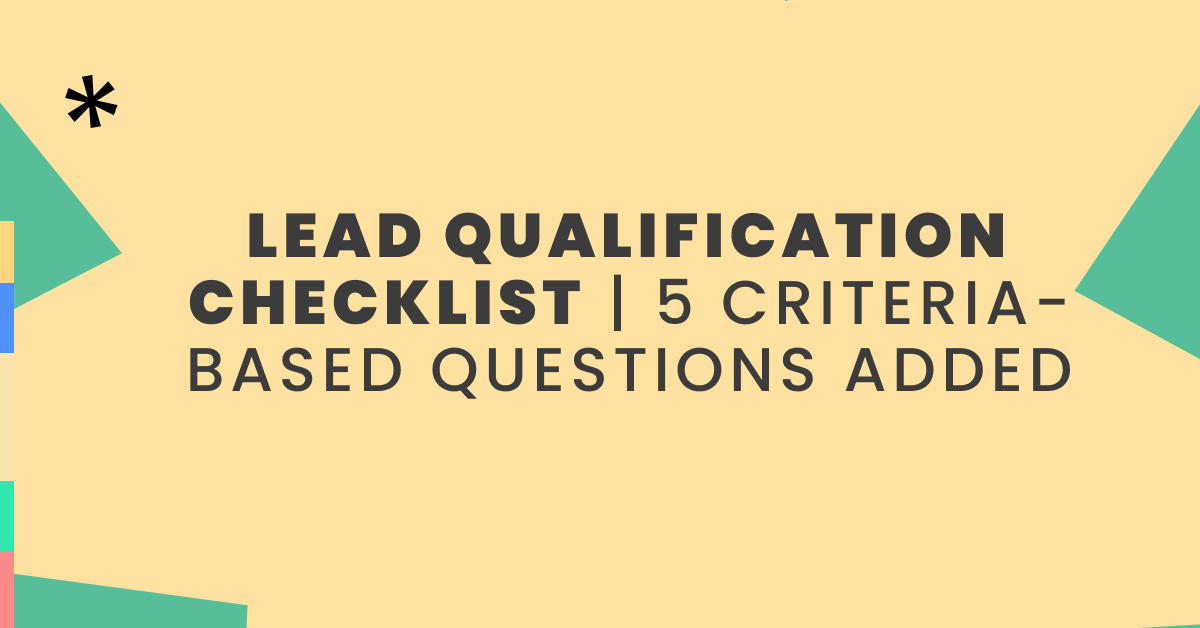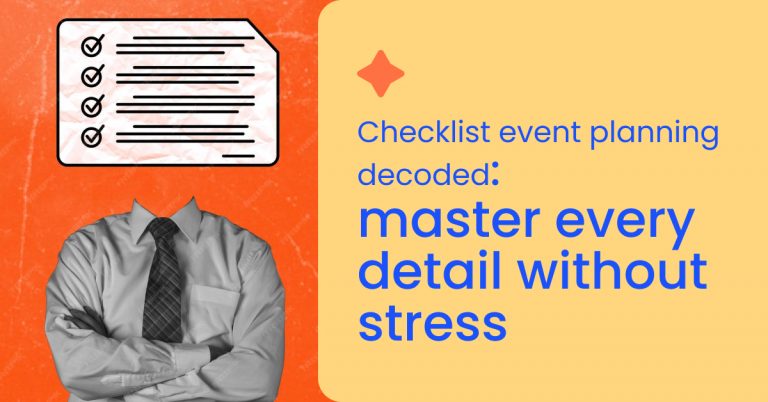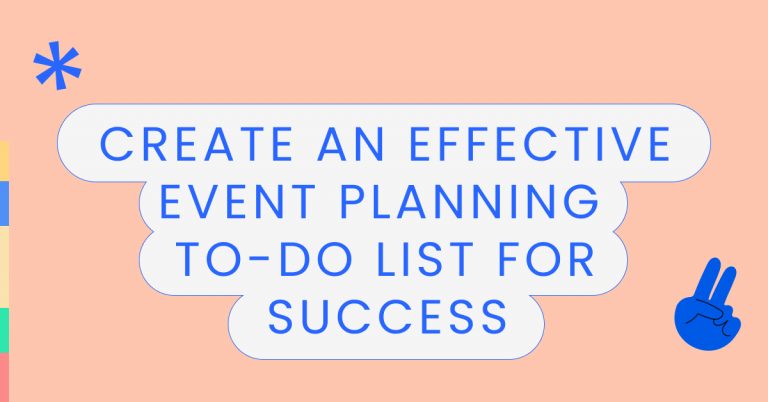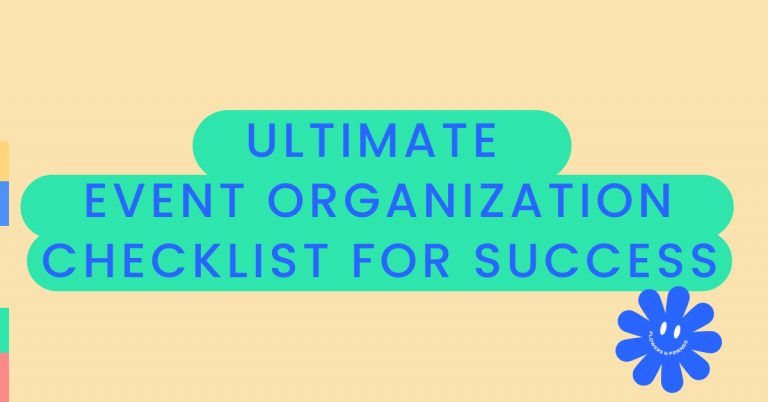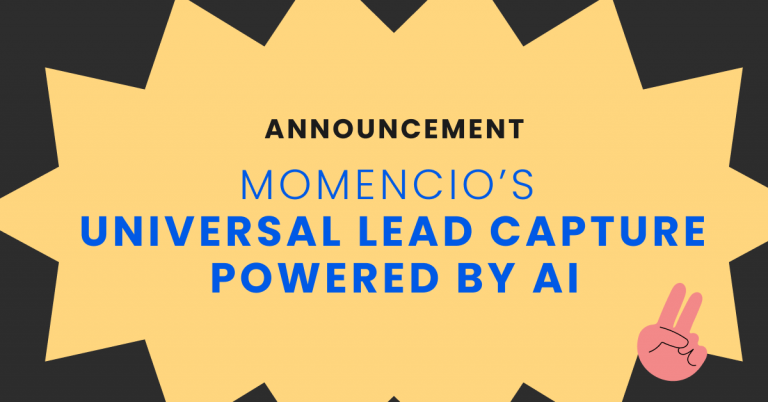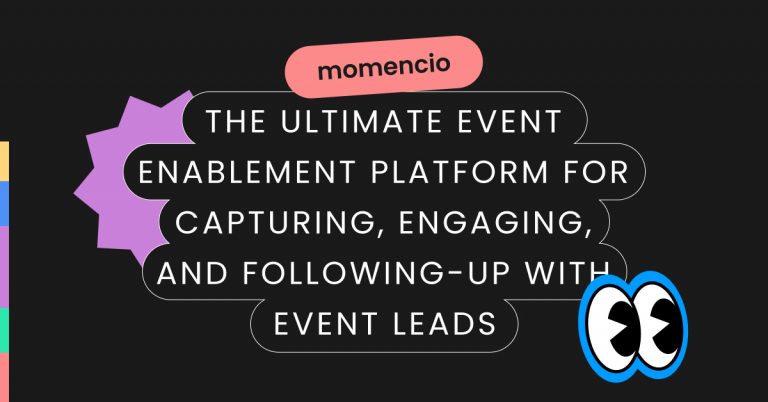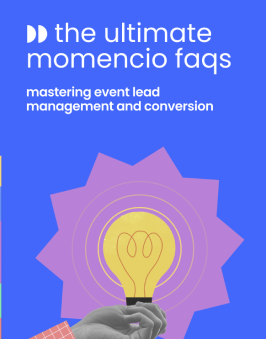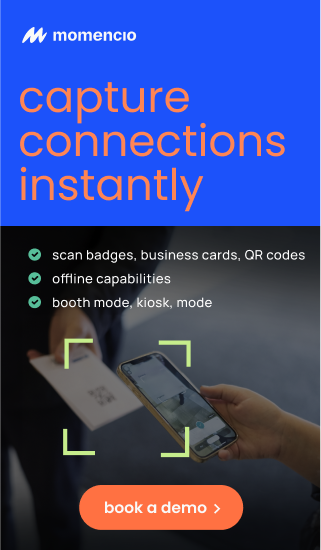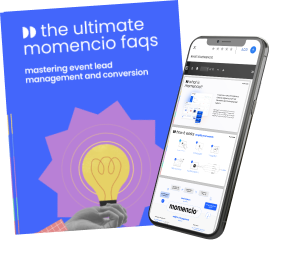The business world is dynamic, and you’ll come across various leads or customers, but only some are a good fit for your products or services. Your sales reps must find the right people or companies interested in your business from the pool of leads, saving resources and time. However, assessing the purchasing potential of a lead is a challenging task and may result in lost sales. As per research, 67% of lost sales result from the sales reps not qualifying their potential leads properly. But there’s nothing to worry about, as a proper lead qualification checklist makes this arduous task easy for your sales rep.
Want to know more about lead qualification criteria and the benefits of it? Let’s dive in!
What is Lead Qualification, and Why Is It Important?
A lead qualification checklist is like a roadmap for your team, helping them figure out which potential customers are most likely to buy from you in the future. Lead qualification involves identifying and categorizing potential leads or prospects based on their likelihood of becoming paying customers.
The primary goal of lead qualification is to put your sales and marketing efforts into those prospects who are most likely to convert. Hence optimizing resource allocation and improving sales efficiency.
Here are the points highlighting the importance of lead capture and its qualification:
Revenue Growth
Lead qualification contributes to revenue growth by allowing you to focus efforts on prospects ready to buy. It ensures that sales teams are not wasting time on leads that are not a good fit, and instead, they can concentrate on closing deals and generating revenue.
Better Customer Experience
Qualifying leads also allows you to tailor your sales and marketing strategies to your customer’s specific needs and preferences. The individualized approach enhances the overall customer experience and fosters stronger, long-lasting relationships.
Improved Resource Allocation
Allocating and optimizing your resources efficiently is crucial for any business, and lead qualification helps you with that. It allows you to give your limited resources, such as time, workforce, and marketing budgets, more effectively. Companies can avoid wasting valuable resources on unqualified prospects by concentrating efforts on leads that are most likely to convert.
Saves Time
Lead qualification significantly saves time by ensuring your sales and marketing efforts are concentrated on prospects with a high likelihood of conversion. This streamlined approach enables you to work more efficiently and shorten sales cycles, ultimately saving time.
Enhanced Sales Productivity
With lead qualification, sales teams can work more efficiently and productively as they engage with leads that have a genuine interest and the capacity to make a purchase. This results in higher close rates and shorter sales cycles.
Lead Qualification Checklist
Do you know that 61% of B2B marketers send all leads directly to sales? However, only 27% of those leads become qualified. This mostly happens because of the need for proper lead qualification strategies. So, to avoid losing potential leads, you should have a good lead qualification checklist that must have the following things:
1. Do We Have Accurate and Complete Contact Information for the Lead?
First, ensure you have collected accurate and complete contact information for your leads. With the means to reach a lead, your sales team will be able to engage with them. Verify that you possess a valid email address, phone number, or other contact information of the lead you interacted with at the trade show booth or any such place. You can collect it by asking them during the event or incorporating live chats on your website to engage with visitors in real-time. Offering something valuable like a free ebook or webinar registration in exchange for the lead’s contact information also works.
2. Is the Lead Interested?
The next step involves identifying if the lead is genuinely interested in what you are offering. It may sound harsh, but most times, a lead visiting your website or interacting with you at an event doesn’t translate their interest. To gauge the lead’s interest, contact them via email, phone, or live chat and ask relevant questions. The questions can be:
- Can I suggest a pricing plan that meets your needs? (If they’ve visited your pricing page)
- Are you interested in (product)?
- Do you want to learn more about our services and solutions? (If they have downloaded any ebook or resource)
If a lead answers no or doesn’t respond at all, unfortunately, you need to disqualify them. Identifying the interest of the lead beforehand allows your sales reps to focus on potential qualified leads.
3. Do the Leads Have the Budget to Purchase Our Product or Service?
Understanding the lead’s actual need for your product or service is paramount, and it’s also a mandatory lead qualification checklist point. It saves you from wasting time pursuing leads who won’t benefit from what you offer.
To determine this, ask questions or gather information that reveals a lead’s specific pain points, challenges, or goals. Remember, a genuine need or use case demonstrates that your offering can provide value to the lead.
The following things will help you in this:
- Conduct thorough discovery conversations or surveys.
- Listen actively to their concerns and objectives.
- Highlight how your product or service addresses their specific needs.
Once you’ve figured out if the prospect genuinely needs your product, move on to discuss the budget.
4. Does the Lead Have the Budget to Purchase Our Product or Service?
Discussing a lead’s budget can be a sensitive subject, yet it’s a pivotal aspect of the lead qualification checklist. It assists in determining whether a lead is worth further pursuit. So, to broach this topic effectively and gather necessary insights, it’s essential to ask pertinent questions with sensitivity and tact.
Some lead qualification questions that may help you are:
- What solutions are you currently using?
- Are you happy with the price you are paying for your current solution?
- What price range falls in your “ideal” category?
For B2B leads, you can get information about their budget through channels like LinkedIn or Indeed.
5. Is the Lead in a Decision-Making Role, or can they Influence the Buying Decision?
The last point in the lead qualification checklist is to identify whether the prospect you are dealing with is a decision-maker in their firm. You can find the lead’s purchasing authority through their profile, which may show “sales team executive, etc.” In case you aren’t sure, you can ask the following questions from them to get an idea:
- Who decides what service or solution to try?
- Who should I talk with to discuss the product or solution purchasing and implementation more?
Conclusion
You should follow all the lead qualification checklist points to have quality leads and generate maximum revenue. For that, you need an all-in-one lead qualification tool.
If you are looking for an event solution that streamlines the whole lead qualification process for you, momencio is ready to partner with you.
It helps you capture quality leads from an event. All you’ve to do is enter the lead’s contact information, and the platform enables you to monitor them in real time. You can send them a follow-up to gauge their interest and get a roadmap of their journey from first interaction to becoming your customers. So, get in touch with us and ease your journey from event lead capture to qualification!
